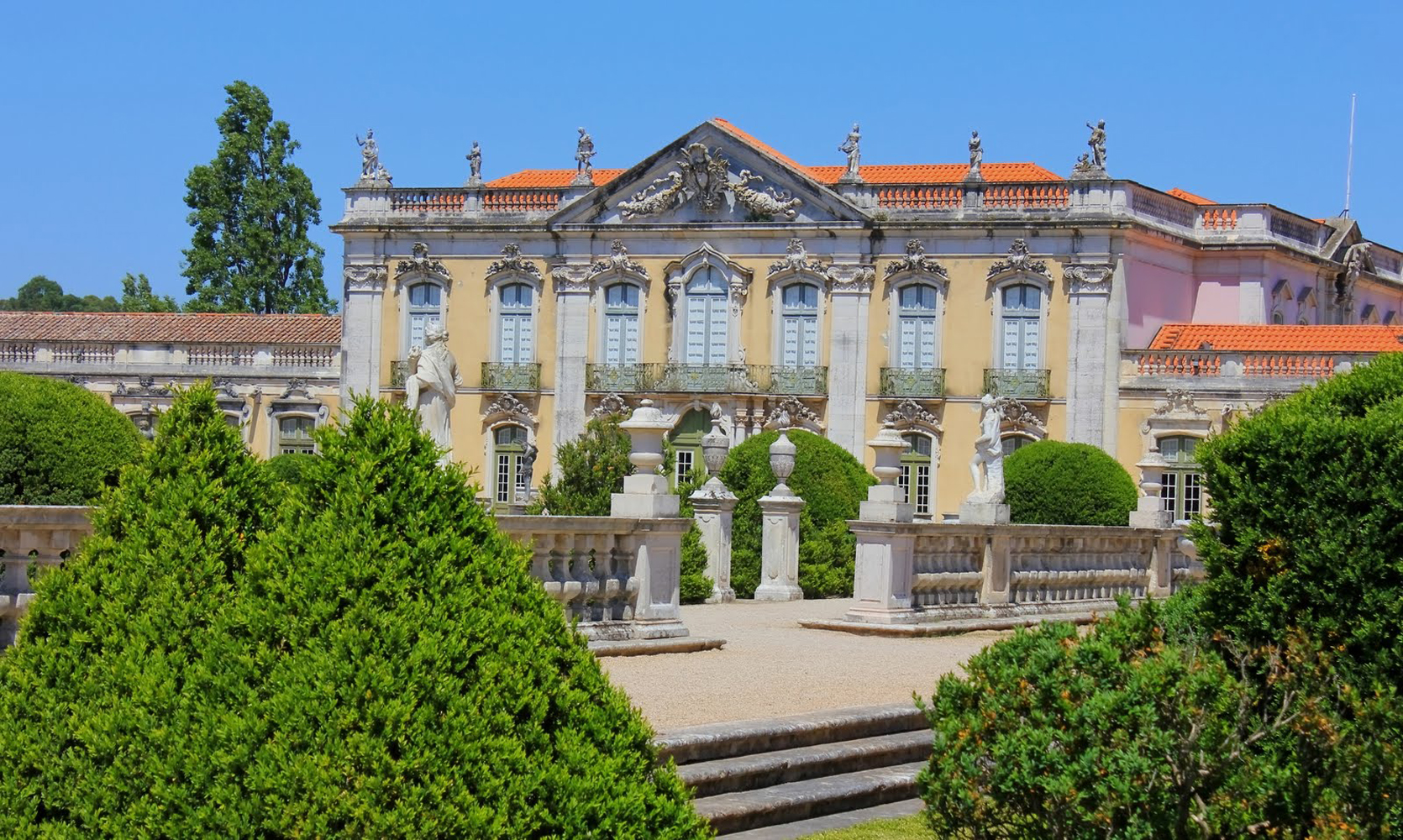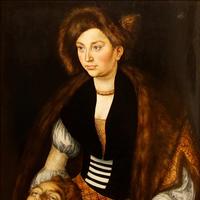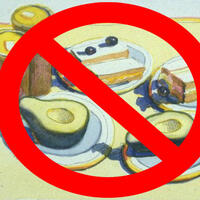More about Museu Nacional de Arte Antiga
Works at Museu Nacional de Arte Antiga

Sr. Contributor
A better title for the National Museum of Ancient Art might be the National Museum of “Stolen” Art, but that would be bad for business.
Most of the collection was “expropriated” (polite way to say private property confiscated by the government). In fact, the building itself may never have become a museum if not for an earthquake, an adulterous affair, and an attempted murder.
It all started with the great Lisbon Earthquake of 1755. The Earthquake was felt as far north as Scandinavia, causing fires and a 66-foot tsunami that hit Europe, Africa and the Caribbean. Up to 100,000 people died, and the capital city of Lisbon was leveled, including the Royal Palace with masterpieces by Titian and Rubens. While the palace was being rebuilt, the Royal Court camped in high style in tents on the outskirts of the ruined city. King Joseph I was intensely loyal to his prime minister Sebastio de Melo for his strong leadership after the earthquake, but the nobility hated him.
De Melo’s most venomous enemies were The Count of Alvor and his wife Marchioness Leonora Tavora. Meanwhile, their son Luis Bernardo was generously allowing the King to bang his wife Teresa Leonor. One night, as the King was returning to the encampment after sexy times with Teresa, assassins ambushed his carriage. He survived, but Sebastio de Melo accused the entire Tavora clan of a conspiracy, claiming only they would have known of the King’s affair. There was no conclusive evidence, but every very single member of the family, including women and children, were sentenced to public torture and execution. The Queen spared most of the women and kids, but the Marchioness and Count of Alvor were killed.
Sebastio de Melo purchased the Count’s confiscated palace. After all, what’s the fun in massacring an entire dynasty if you can’t move into their sweet digs afterward? The palace complex was eventually converted into the current museum, which maintains th e baroque charm of the original building, with mimosa-tinted walls and a statue garden overlooking the Atlantic.
The bulk of the collection was also acquired through political intrigue. After the Portuguese Liberal Wars between constitutionalists and absolute monarchists, the victorious liberal party abolished Catholic religious orders and confiscated their art and treasure for the State. A large portion was also confiscated from the losing noble families, including Queen Carlota Joaquina’s private collection. Carlota had abandoned the mother country for Brazil to escape Napoleon (the only time a European country has been ruled from the Americas), and was rumored to have wild orgies, so the people were more than happy to get their hands on her personal stash of loot.
We’re sure there’s a moral here somewhere. Natural disaster + cheating on your spouse + sex parties = Game of Thrones style slaughter of your family and the government stealing your stuff? Either way, their loss is our gain. We’re glad this beautiful building and the masterpieces it houses are in the hands of the public.
Featured Content
Here is what Wikipedia says about National Museum of Ancient Art
The Museu Nacional de Arte Antiga (
Portuguese pronunciation: [muˈzew nɐsiuˈnal dɨ ˈaɾtɐ̃ˈtiɣɐ]; MNAA), also known in English as the National Museum of Ancient Art, is a Portuguese national art museum located in Lisbon. With over 40,000 items spanning a vast collection of painting, sculpture, goldware, furniture, textiles, ceramics, and prints, MNAA is one of the most visited museums in Portugal.
The MNAA was founded in 1884 to display the collections of the Portuguese royal family and the National Academy of Fine Arts. It is housed in the Palácio Alvor-Pombal, a former residence of the 1st Marquis of Pombal which was expanded when it was converted into a museum. The museum's collection spans more than a millennium of art from Europe, Asia, Africa, and the Americas and includes notable artworks by Hieronymus Bosch, Raphael, Hans Holbein the Elder, Francisco de Zurbarán, Albrecht Dürer, Domingos Sequeira, and Giambattista Tiepolo, among numerous others.
Check out the full Wikipedia article about National Museum of Ancient Art













